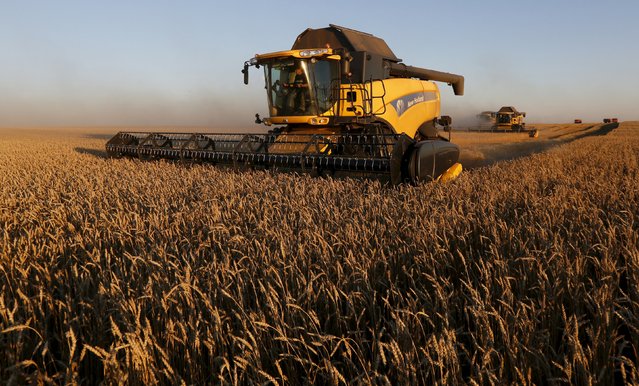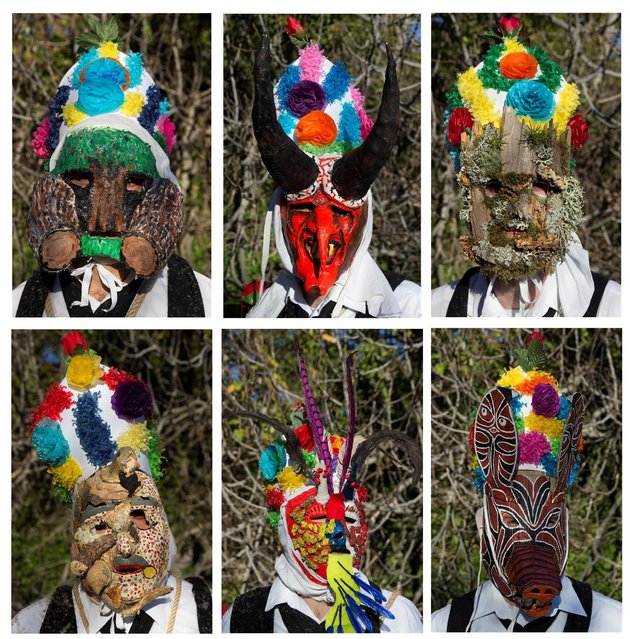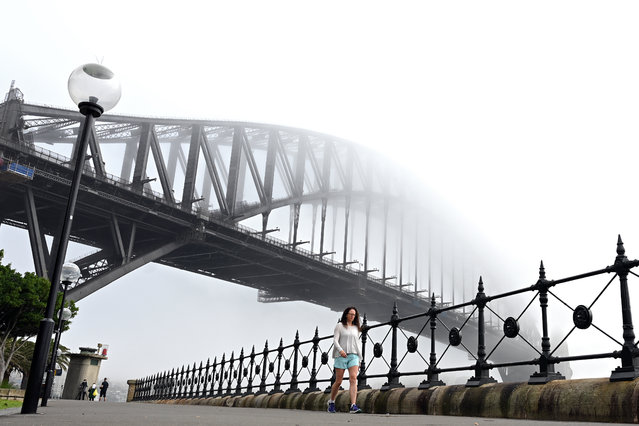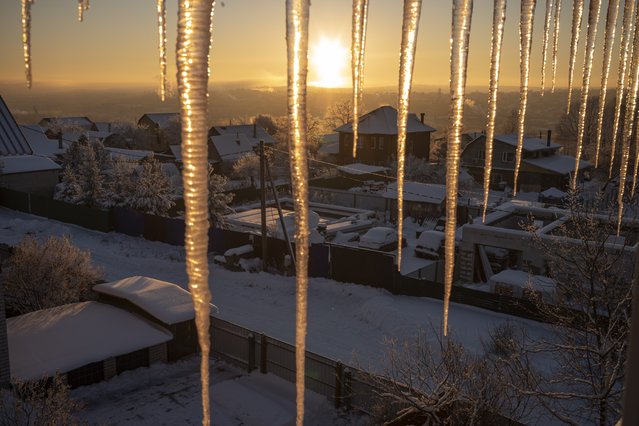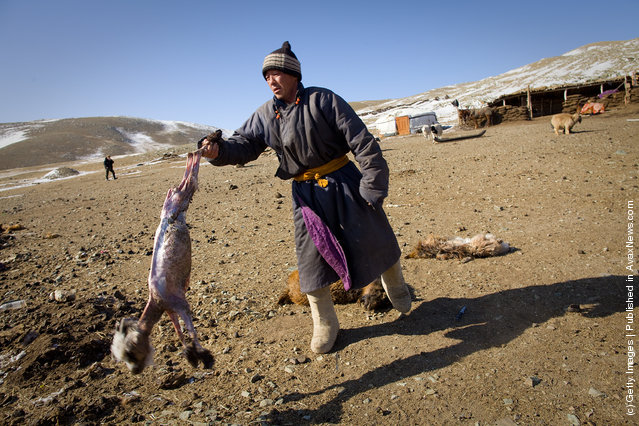
Mongolian herder, Khurelsukh, throws the carcass of a goat onto a heap as he struggles to deal with losing a quarter of his herd, on March 8, 2010 in Bayantsogt, Tuv province, Mongolia. (Photo by Paula Bronstein /Getty Images)
18 Dec 2011 11:44:00,post received
0 comments

